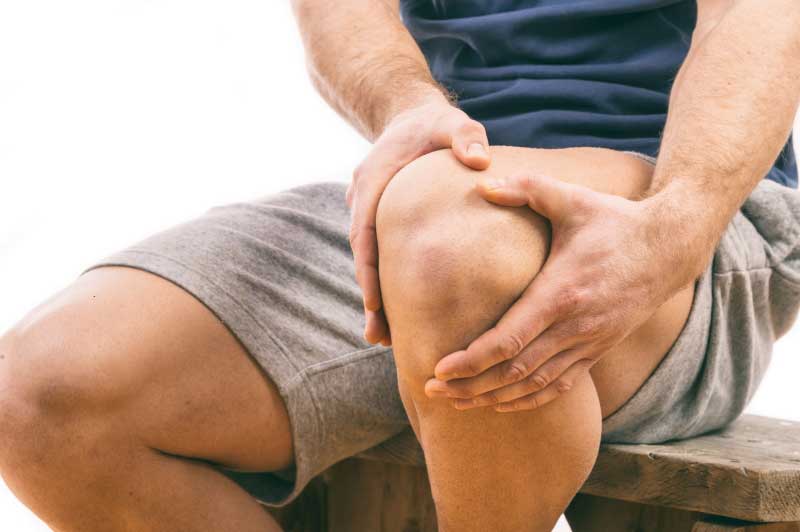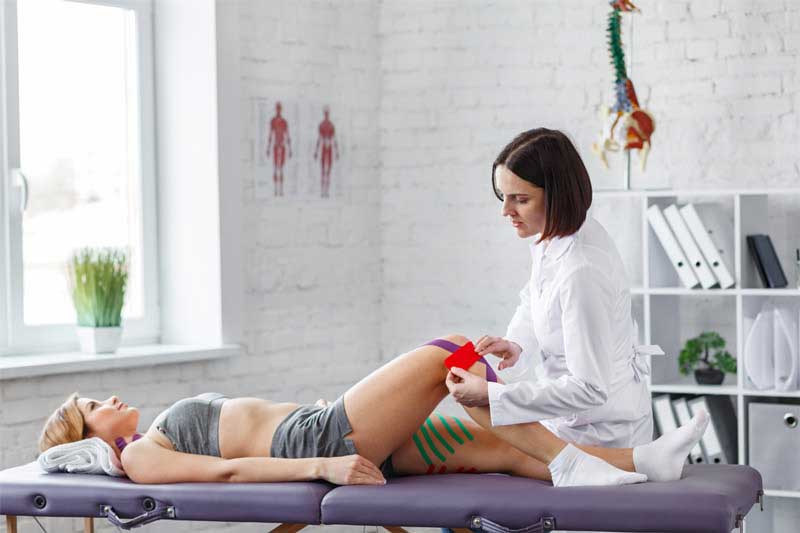Outer knee pain can be a source of discomfort and limitations in daily activities. Identifying the underlying causes of outer knee pain is essential for effective treatment and long-term relief. In this article, we will explore four possible factors that can contribute to outer knee pain. While self-care measures can provide some relief, the importance of seeking specialized care from Specialty Care Clinics cannot be overstated when it comes to accurate diagnosis and comprehensive treatment.

IT Band Syndrome:
One common cause of outer knee pain is iliotibial (IT) band syndrome. The IT band is a thick band of connective tissue that runs along the outer side of the thigh, attaching to the knee. Overuse or repetitive movements can cause the IT band to become tight or inflamed, leading to pain on the outer side of the knee.
Runners, cyclists, and individuals who engage in activities that involve repetitive knee bending and straightening are particularly susceptible to IT band syndrome. Symptoms include pain on the outer knee, tenderness, and swelling. The pain may worsen with activity and can become sharp or stabbing.
Treatment for IT band syndrome may involve a combination of rest, ice, stretching exercises, and physical therapy. Specialty care clinics can provide expert guidance in developing a tailored treatment plan to address the specific needs of the individual.
Lateral Meniscus Tear:
The lateral meniscus is a C-shaped cartilage structure located on the outer side of the knee joint. A tear in the lateral meniscus can cause outer knee pain, especially during weight-bearing activities or when twisting the knee.
Lateral meniscus tears can occur due to sudden trauma, such as a forceful twisting motion, or as a result of degenerative changes over time. Symptoms may include pain, swelling, stiffness, and a clicking or locking sensation in the knee.
Treatment for a lateral meniscus tear depends on the severity of the injury. Non-surgical approaches, such as rest, ice, physical therapy, and anti-inflammatory medications, may be sufficient for minor tears. However, more significant tears may require arthroscopic surgery to repair or remove the damaged portion of the meniscus. We can accurately diagnose the condition and recommend the most appropriate treatment approach.
Iliotibial Band Friction Syndrome:
Iliotibial band friction syndrome (ITBFS) is another potential cause of outer knee pain. It occurs when the IT band rubs against the outer bony prominence of the knee, leading to irritation and inflammation.
Activities that involve repetitive bending and extending of the knee, such as running or cycling, can contribute to the development of ITBFS. Symptoms include pain on the outer knee, especially during activity, as well as swelling and tenderness.
Treatment for ITBFS often includes a combination of rest, ice, stretching exercises, and physical therapy. Additionally, modifying activities and using proper footwear or orthotics can help alleviate symptoms. In more severe cases, specialty care clinics may recommend corticosteroid injections or other interventions to manage pain and inflammation.

Bursitis:
Bursitis refers to the inflammation of the bursae, small fluid-filled sacs that cushion and reduce friction between tendons, muscles, and bones. In the knee, bursitis can occur on the outer side, leading to outer knee pain.
Repetitive kneeling, prolonged pressure on the knee, or direct trauma can contribute to bursitis. Symptoms include pain, swelling, warmth, and tenderness on the outer knee.
Treatment for bursitis often involves rest, ice, anti-inflammatory medications, and avoiding activities that exacerbate symptoms. Physical therapy and targeted exercises may also be recommended to strengthen the surrounding muscles and improve stability. In some cases, specialty care clinics may perform aspiration (fluid removal) or administer corticosteroid injections to reduce inflammation.
Outer knee pain can have various causes, ranging from IT band syndrome and lateral meniscus tears to ITBFS and bursitis. While self-care measures can provide some relief, seeking specialized care from specialty clinics is crucial for accurate diagnosis and comprehensive treatment. With the expertise of healthcare professionals, individuals with outer knee pain can regain pain-free mobility. Addressing underlying causes is crucial for long-term relief. Contact us at (469) 545-9983 for dedicated support.
